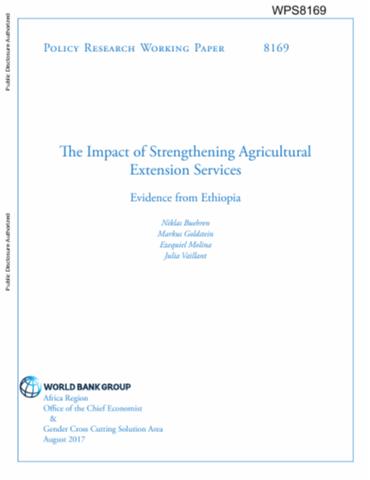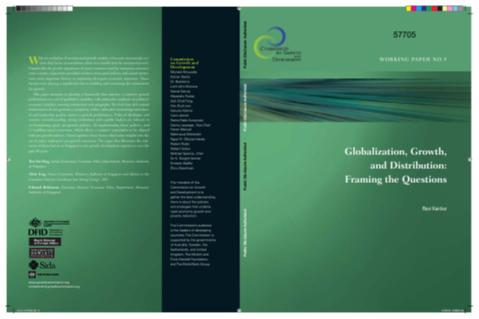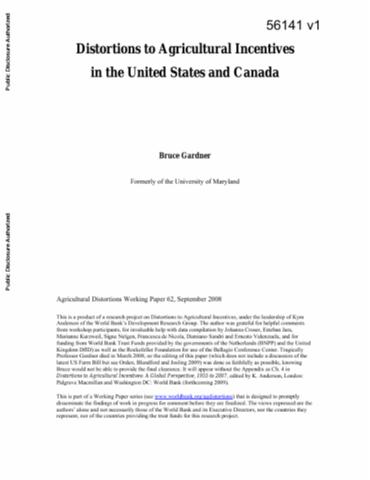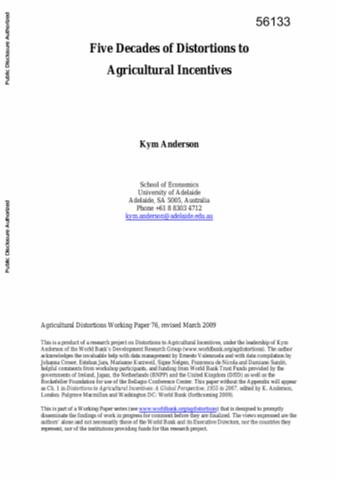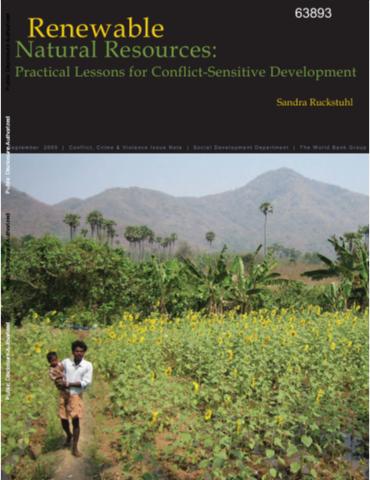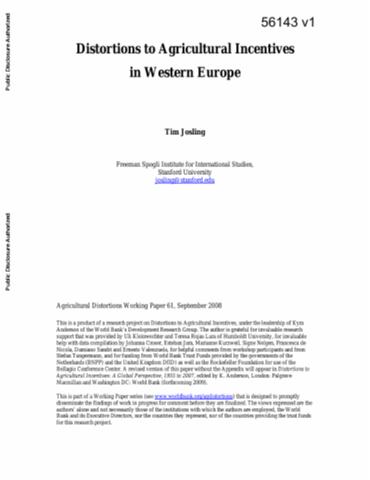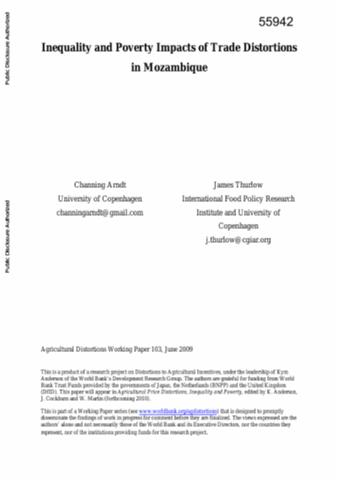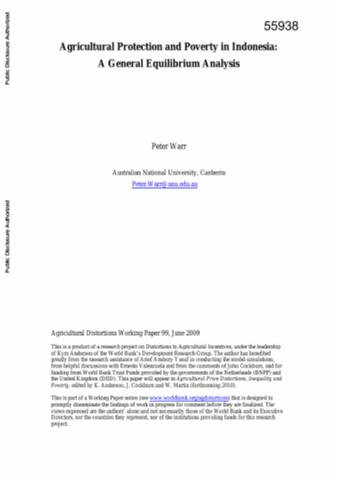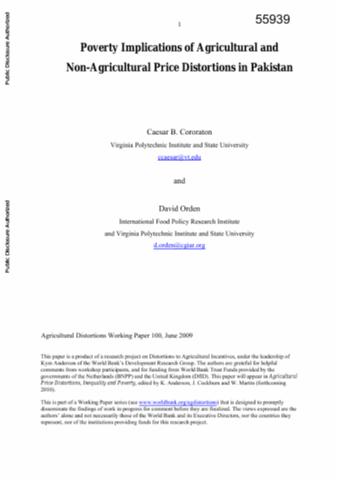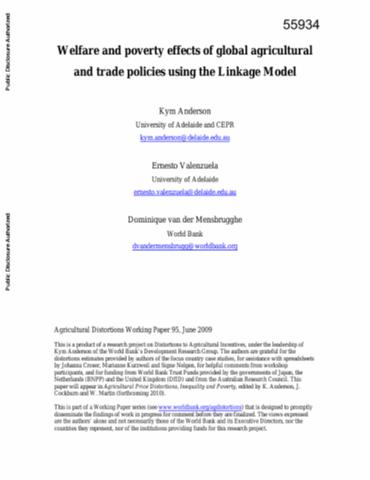The Impact of Strengthening Agricultural Extension Services
This paper evaluates the effect of the Rural Capacity Building Project, which aimed at promoting growth by strengthening the agricultural service systems in Ethiopia and by making them more responsive to smallholders' needs. The project intended to increase the outreach of agricultural extension services to help farmers become aware of and adopt economically viable and environmentally sustainable technologies and practices. The paper examines the impact of the Rural Capacity Building Project using panel data on 1,485 geographically dispersed households in project and control kebeles.

